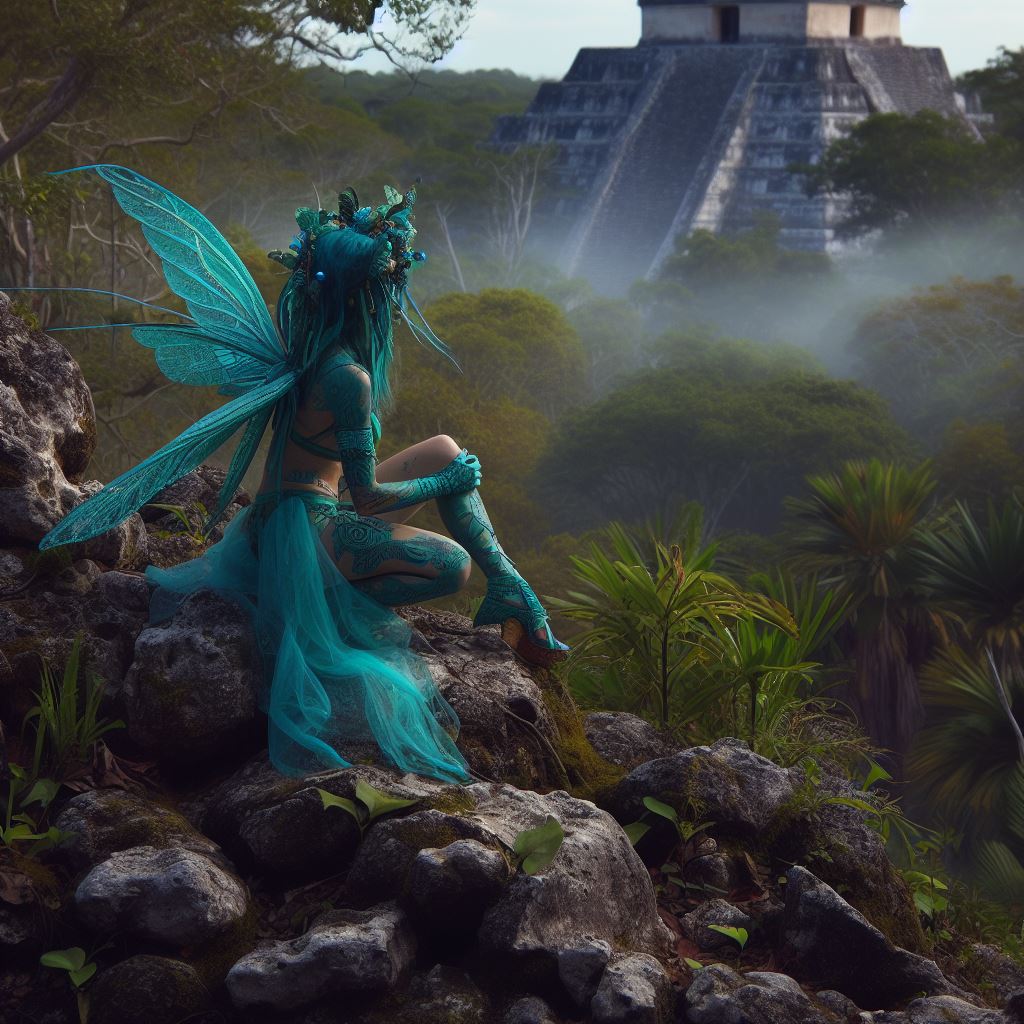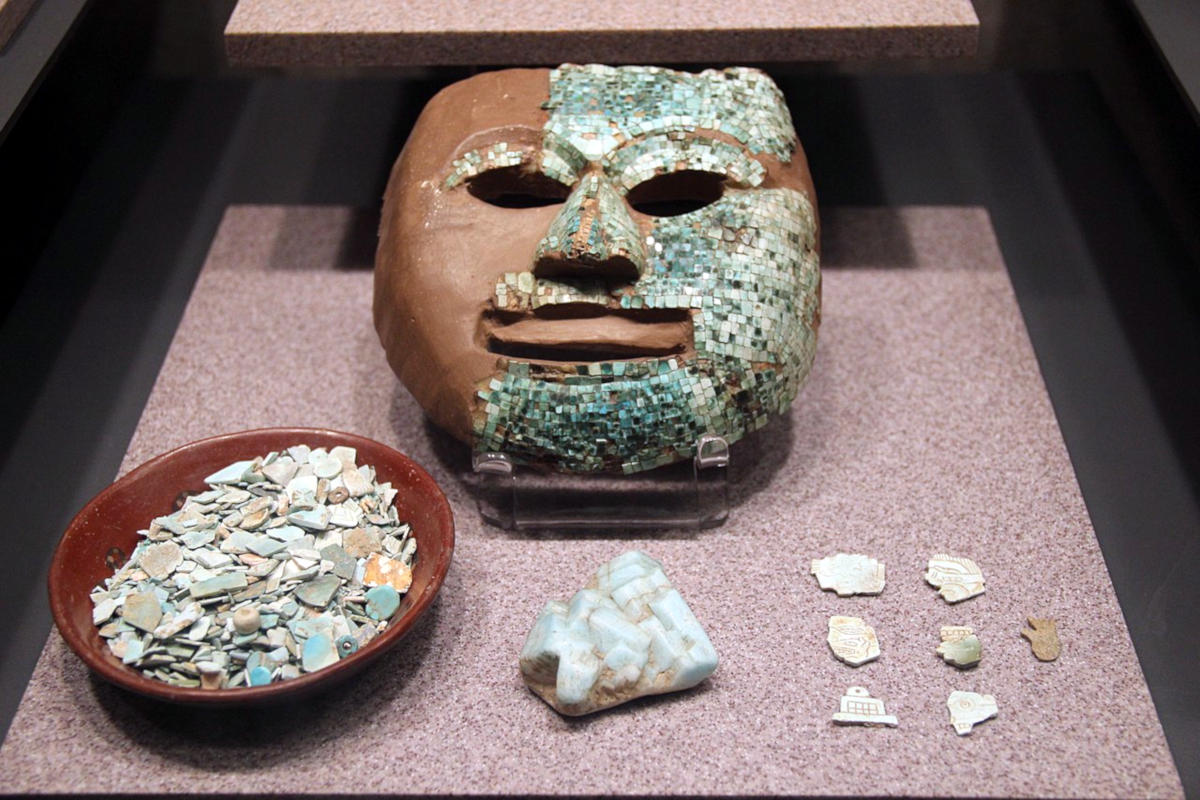Turquoise: The Timeless Gemstone of Serenity
Turquoise, with its captivating blue-green hue, is a semiprecious gemstone that has been cherished for thousands of years.

Known for its timeless beauty and cultural significance, this gemstone carries a fascinating history and continues to be admired and adored today. Let us explore the scientific specifications, origins, mining practices, and historical significance of turquoise.
Scientific Specifications and Origin
Turquoise is a hydrated phosphate mineral, and its distinctive blue-green color is the result of copper and iron compounds within its crystal structure. The gemstone's color can vary from sky blue to greenish-blue, often exhibiting beautiful veining and matrix patterns, which add to its unique allure.
Turquoise is typically formed in arid regions, where mineral-rich water percolates through rocks and forms deposits over time. It is commonly found in association with copper deposits and can occur in veins, nodules, or in the host rock as a secondary mineral.

Main Sources and Modern Mining
Turquoise is found in various parts of the world, with significant sources including Iran, Afghanistan, the United States (particularly Arizona and Nevada), China, and Mexico. Each region's turquoise is known for its distinct color and characteristics, making it a popular gemstone for jewelry and ornamental use.
Modern turquoise mining involves both open-pit and underground methods. Geologists and miners identify potential deposits through geological surveys and exploration. The gem-bearing rocks are extracted and carefully processed to preserve the delicate turquoise material.
Once extracted, turquoise is skillfully cut and polished by lapidaries to reveal its captivating beauty. The gemstone is shaped into various forms, including cabochons, beads, and inlays, showcasing its vibrant colors and intricate patterns.
Historical Significance
Turquoise has a rich cultural and historical significance, dating back to ancient civilizations. It has been revered by Native American cultures, ancient Egyptians, Persians, and various other societies throughout time. Turquoise was believed to hold sacred and protective properties, and it was often used in religious ceremonies, amulets, and jewelry.
Many Native American tribes considered turquoise a symbol of wisdom, protection, and good fortune. The gemstone was highly prized and used to adorn ceremonial objects, jewelry, and even weapons. Turquoise also holds a special place in traditional Middle Eastern jewelry and has been a symbol of wealth and status for centuries.
Today, turquoise remains a popular gemstone in jewelry designs, often used to create beautiful and meaningful pieces. It continues to be a cherished gemstone for its serene color and associations with tranquility and positive energy.
In conclusion, turquoise's scientific specifications, origins, mining practices, and historical significance contribute to its allure as a semiprecious gemstone. Its captivating blue-green color, cultural importance, and timeless appeal make turquoise a beloved gemstone that continues to inspire and captivate people around the world.
More about gemstones
Newest Shenanigans
 | The Enchanting Ways of Austria Austria boasts a breathtaking tapestry of landscapes, from the soaring peaks of the Alps to the rolling hills of the wine regions. |
 | 12 must-see attractions in Vienna, Austria There is never enough time to fully discover and appreciate a historic capital like Vienna, but we can try. So here is a list of 12 must-see attractions in Vienna. |
 | 12 must-see attractions in Graz, Austria If you have time on your hand, I recommend to discover Graz by yourself. But time is tricky to come by these days, so here is a list of 12 must-see attractions in Graz, Austria. |
 | 12 must-see attractions in Salzburg, Austria Like most places on our planet, Salzburg is a city you need time to fully discover and appreciate. However, time is always hard to come by these days. So here is a list of 12 must-see attractions in Salzburg. |
 | Some museums to visit in Salzburg Salzburg is a city rich in culture and history, so naturally it features many interesting museums. By all means, the list is not complete, but I try to add the small museums too. |
 | 12 must-see attractions in Innsbruck, Austria Of course the best way to discover a city rich in culture and history like Innsbruck would be to spend a lot of time there. But since time is often an issue, here are 12 must-see attractions in Innsbruck, Austria. |
 | 12 must-see attractions in Linz, Austria For us people of Salzburg, Linz is just a short hop away by train - so we can visit often. If you are short on time however, here are 12 must-see attractions in Linz, Austria. |
